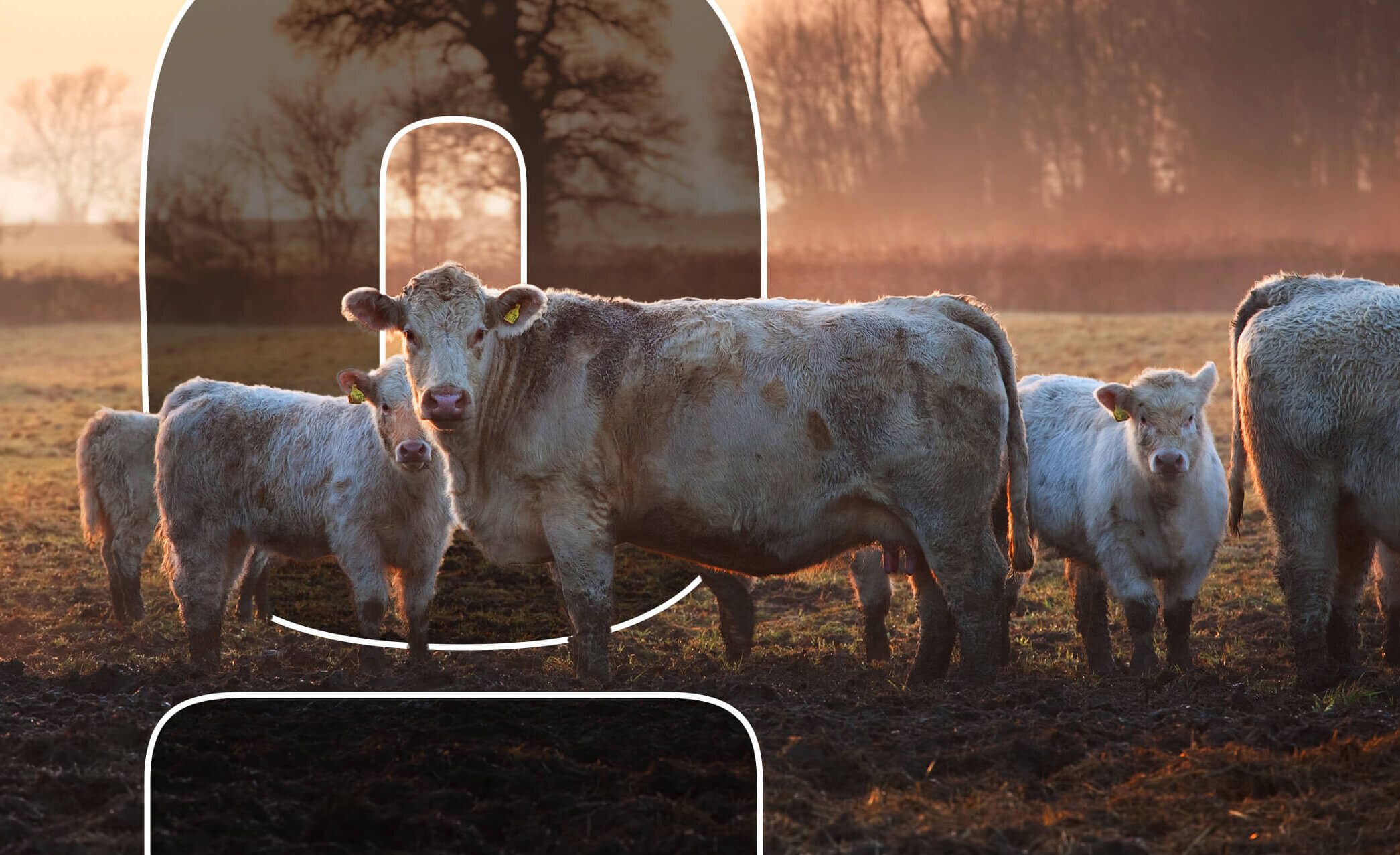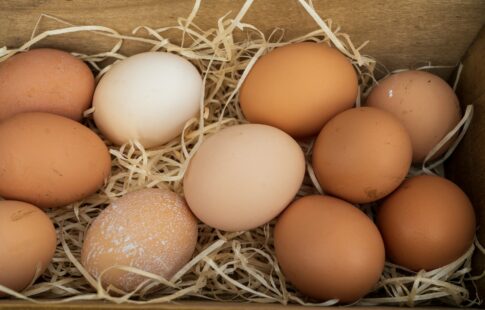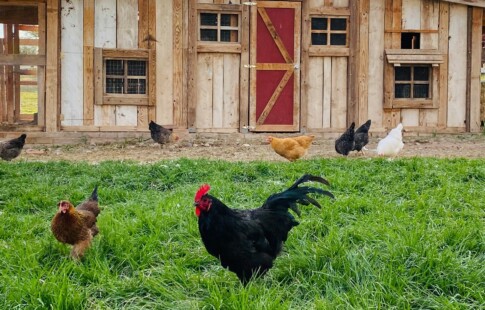
How Do Climate Change and Livestock Affect Each Other?
We are reader-supported. When you buy through links on our site, we may earn affiliate commission.
Climate change is a hot topic in the media, sparking eco-conscious responses in civilians. Many individuals purchase electric cars and solar panels to shrink their carbon footprint. Carbon is a driving factor for the global temperature rise, along with other greenhouse gas emissions.
Individuals often overlook the significance of their agricultural consumption when evaluating their climate impact. Investing in green technology is helpful, and it is imperative to shift your consistent habits as a consumer. Limiting your carbon emissions can reduce climate change’s effect on farm animals, and decreasing your consumption of meat will lessen livestock’s contribution to rising temperatures.
Climate Change’s Effect on Livestock
As temperatures rise and weather patterns change, livestock and all life on Earth feel the effects. These environmental alterations contribute to the loss of necessary resources and increase in adverse health impacts. Livestock food depletion, habitat loss, heat stress and disease all increase as the climate changes.
Food Depletion
Altering weather patterns may affect a farmer’s ability to produce enough food to support their animals. Scientists predict that drought periods will continue to grow in certain regions, making them unequipped for adequate yields. As dry areas expand, the amount of available land for feed crop production shrinks.
An increase in summer temperatures also affects livestock food growth. Crops can only withstand specific temperatures, and when heat waves roll through, plants may die. This leaves a small time frame of adequate growing temperatures, limiting the amount of feed one area may produce.
Outside of climate change’s impact on growing environments, it also alters the composition of plants. Researchers found that high temperatures decrease grass’s digestibility, making it difficult for cows and other grazing animals to process. Without sufficient amounts of food to support livestock development, animals suffer fatal consequences.
Habitat Loss
As temperatures and sea levels rise, farm animals will have to migrate to northern regions for survival. If the climate continues to change, there will not be enough viable land for livestock grazing. It is difficult for farm animals to reproduce and flourish without a consistent and secure habitat.
Heat Stress
An increase in summer heatwaves poses severe harm to the health and well-being of livestock. As temperatures rise, animals experience oxidative stress, metabolic disruption and immune suppression that increase infection and death. If humans continue to release greenhouse gases into the atmosphere, farm animals may become endangered.
Disease
Disease-carrying insects and parasites thrive in warm climates. As summers extend with climate change, livestock exposure to illnesses will increase. Some parasites spread rapidly from animal to animal wiping out an entire herd in a single season. These severe outbreaks make livestock unfit for consumption and create large amounts of waste.
Livestock’s Effect on Climate Change
Carbon is the leading cause of climate change, alongside methane and nitrous oxide. When considering the effects of livestock production on climate change, we mainly look at the direct animal emissions and habitat maintenance. Farm animal production poses a significant impact on atmospheric degradation.
Methane
Many individuals adopt a plant-based diet to reduce the environmental effects of methane. Cattle express this element through gas production. When they emit methane into the atmosphere, it creates the enhanced greenhouse effect.
The enhanced greenhouse effect signifies atmospheric air pollutants absorbing the sun’s energy, converting it into heat and trapping it in the air. Entrapped heat in the atmosphere causes an increase in the global temperature over time. Global warming causes changes to the climate, which degrade the global ecosystem.
Methane is 25 times more effective at trapping heat in the atmosphere than carbon dioxide. It also accounts for 16% of all human induced greenhouse gas emissions. Due to the high demand for beef in the U.S., cattle’s overproduction significantly affects climate change.
Nitrous Oxide
The synthetic fertilizers used to maintain grazing areas for livestock contribute to increased nitrous oxide emissions. Around one-half of these greenhouse gas emissions derive from livestock production. When fertilizers mix with soil, microbes turn the mixture into nitrous oxide, leaking into the air.
The overproduction of farm animals to meet our high demands places a strain on their farm soil. To maintain a suitable livestock habitat, farmers must artificially nourish the soil after overgrazing caused nutrient depletion. When this greenhouse gas reaches the atmosphere, it depletes the ozone allowing more exposure to the sun’s heat converting energy.
As the ozone thins, global warming increases and the climate changes. Fortunately, there are ways that we can stop these harmful greenhouse gas emissions, protecting the environment and global ecosystem.
How You Can Help
To limit your contribution to livestock methane and nitrous oxide emissions, you can adopt a flexitarian diet. Consuming less meat can reduce the amount of agricultural greenhouse gases released into the environment. To protect livestock from the effects of climate change, you can reduce your carbon emissions.
The best way to reduce your carbon footprint is to become an eco-aware consumer. Understand the impacts of the products and services you purchase. Try to avoid buying meat produced on factory farms and engaging in fossil fuel burning activities.
Share on
Like what you read? Join other Environment.co readers!
Get the latest updates on our planet by subscribing to the Environment.co newsletter!
About the author
Jane Marsh
Starting from an early age, Jane Marsh loved all animals and became a budding environmentalist. Now, Jane works as the Editor-in-Chief of Environment.co where she covers topics related to climate policy, renewable energy, the food industry, and more.





